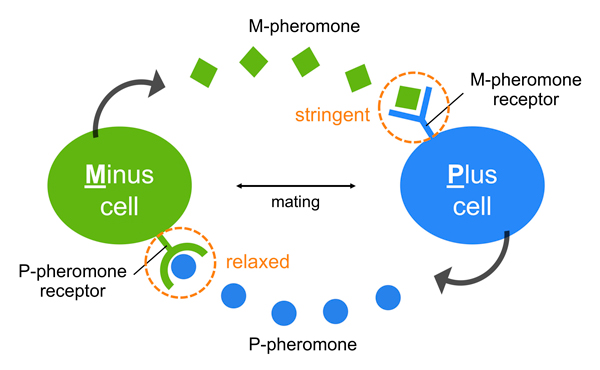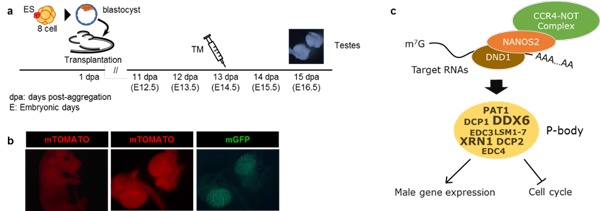Archive
- Home
- December 2025
- November 2025
- October 2025
- September 2025
- August 2025
- July 2025
- June 2025
- May 2025
- April 2025
- March 2025
- February 2025
- January 2025
- December 2024
- November 2024
- October 2024
- September 2024
- August 2024
- July 2024
- June 2024
- May 2024
- April 2024
- March 2024
- February 2024
- January 2024
- December 2023
- November 2023
- October 2023
- September 2023
- August 2023
- July 2023
- June 2023
- May 2023
- April 2023
- March 2023
- February 2023
- January 2023
- December 2022
- November 2022
- October 2022
- September 2022
- August 2022
- July 2022
- June 2022
- May 2022
- April 2022
- March 2022
- February 2022
- January 2022
- December 2021
- November 2021
- October 2021
- September 2021
- August 2021
- July 2021
- June 2021
- May 2021
- April 2021
- March 2021
- February 2021
- January 2021
- December 2020
- November 2020
- October 2020
- September 2020
- August 2020
- July 2020
- June 2020
- May 2020
- April 2020
- March 2020
- February 2020
- January 2020
- December 2019
- November 2019
- October 2019
- September 2019
- August 2019
- July 2019
- June 2019
- May 2019
- April 2019
- March 2019
- February 2019
- January 2019
- December 2018
- November 2018
- October 2018
- September 2018
- August 2018
- July 2018
- June 2018
- May 2018
- April 2018
- March 2018
- February 2018
- January 2018
- December 2017
- November 2017
- October 2017
- September 2017
- August 2017
- July 2017
- June 2017
- May 2017
- April 2017
- March 2017
- February 2017
- January 2017
- December 2016
- November 2016
- October 2016
- September 2016
- August 2016
- July 2016
- June 2016
- May 2016
- April 2016
- March 2016
- February 2016
- January 2016
- December 2015
- November 2015
- October 2015
- September 2015
- August 2015
- July 2015
- June 2015
- May 2015
- April 2015
- March 2015
- February 2015
- January 2015
- December 2014
- November 2014
- October 2014
- September 2014
- August 2014
- July 2014
- June 2014
- May 2014
- April 2014
- March 2014
- January 2014
- December 2013
- November 2013
- October 2013
- September 2013
- August 2013
- July 2013
- June 2013
- May 2013
- April 2013
- March 2013
- February 2013
- January 2013
- December 2012
- November 2012
- October 2012
- September 2012
- August 2012
- July 2012
- June 2012
- May 2012
- April 2012
- March 2012
- February 2012
- January 2012
- December 2011
- November 2011
- October 2011
- September 2011
- August 2011
- July 2011
- June 2011
- May 2011
- April 2011
- March 2011
- February 2011
- January 2011
- December 2010
- November 2010
- October 2010
- September 2010
- August 2010
- July 2010
- June 2010
- May 2010
- April 2010
- March 2010
- February 2010
- December 2009
- November 2009
- October 2009
- September 2009
- August 2009
- July 2009
- June 2009
- May 2009
- April 2009
- March 2009
- February 2009
- January 2009
- December 2008
- November 2008
- October 2008
- September 2008
- July 2008
- June 2008
- May 2008
- April 2008
- March 2008
- February 2008
- January 2008
- December 2007
- November 2007
- October 2007
- September 2007
- August 2007
- July 2007
- June 2007
- March 2007
- February 2007
- January 2007
- December 2006
- November 2006
- October 2006
- September 2006
- July 2006
- June 2006
- May 2006
- April 2006
- January 2006
- June 2005
- May 2005
- April 2005
- February 2005
- December 2004
- November 2004
- October 2004
- August 2004
- July 2004
- June 2004
- May 2004
- February 2004
- January 2004
- December 2003
- August 2003
- July 2003
- June 2003
- May 2003
- March 2003
- January 2003
- December 2002
- October 2002
- May 2002
- April 2002
- February 2002
- January 2002
- August 2001
- May 2001
- April 2001
- February 2001
- August 2000
- July 2000
How sex pheromones diversify: lessons from yeast
Press release
Asymmetric diversification of mating pheromones in fission yeast
Taisuke Seike, Chikashi Shimoda, Hironori Niki
PLoS Biology published 22 Jan 2019 DOI:10.1371/journal.pbio.3000101
Press release (In Japanese only)
Many organisms including insects, amphibians and yeasts use sex pheromones for attracting individuals of the opposite sex, but what happens to sex pheromones as new species emerge? Our research group studies sex pheromones in the fission yeast Schizosaccharomyces pombe, revealing an “asymmetric” pheromone recognition system (Figure) in which one pheromone operates extremely stringently whereas the other pheromone is free to undergo a certain degree of diversification, perhaps leading to a first step towards speciation. Our findings contribute new insights into the evolutionary mechanisms underlying the diversification of pheromones. Organisms might have such systems for creating new versions of pheromones, allowing them to persist enough long in a population to evolve adaptations of receptors. Before a mutant is completely lost, a second suppressor mutation may occur to recover the first defect. Thus, the coevolution of pheromones/receptors can proceed step-by-step.

Figure: An asymmetric system of pheromone recognition in fission yeast
The specificity of M-pheromone is extremely stringent, whereas that of the P-pheromone is relatively relaxed; therefore, the diversity of the two sex pheromones might facilitate asymmetrically in nature, perhaps as a first step toward speciation in S. pombe.
Genetics without making mouse lines
Saga Group / Mammalian Development Laboratory
Division for development of genetic-engineered mouse resource
ES-mediated chimera analysis revealed requirement of DDX6 for NANOS2 localization and function in mouse germ cells
Ryuki Shimada, Makoto Kiso, Yumiko Saga
Scientific Report 9, Article number: 515 (2019) DOI:10.1038/s41598-018-36502-0
Mammalian Development/ Development of genetic-engineered mouse resource To analyze the function of genes in specific stage/tissue, Cre-loxp system is widely used in mouse. Cre-loxp system requires floxed genes and Cre recombinase which excise the flanked gene. To obtain such mouse, we need to cross the mouse for several times in a classical way. Here, we developed a new method to analyze the gene function in stage/tissue specific manner using chimera mouse. We established ES cells which contained germ cell specific inducible Cre and the reporter. Using this ES cells, we generated floxed-Ddx6 which is the important gene for RNA regulation. During male germ cell development, NANOS2 dependent RNA regulation is critical. Therefore, we asked whether DDX6 is required for the NANOS2 function using this developed chimera analysis. As a result, germ cell-specific Ddx6-KO resulted in the similar phenotype to NANOS2-KO mouse. This research enabled us to conduct the stage/tissue specific gene KO quickly and demonstrated the importance of cytosolic RNP granule in male germ cell development.
This research is partly supported by Grant-in-Aid for Scientific Research on Innovative Areas ”Epigenome dynamics and regulation in germ cells” and “Platform for Advanced Genome Science” to YS. Ryuki Shimada, the first author of this paper is a SOKENDAI student.

Figure: (a) Method for chimera- mediated cKO. (b) An example of chimera. Cre recombinase is activated by Tamoxifen injection only in germ cells (GFP-positive). (c) A model how NANOS2 regulate RNA metabolism. NANOS2-complex binds target RNA and may degrade RNA in P-bodies. DDX6 is required for P-body formation.
Announcement of the organization restructuring
We are pleased to announce that our organization was restructured on January 1st, 2019.
Life science research has experienced an enormous development during the 34 years after the current research departments were established. Owing to this development, as well as the establishment of three research infrastructure centers, many of the research centers have lost the original missions they possessed at their conception. Now is the time to reconsider the organization of the institute, so that NIG can continue to play a leading role in the research on genetics.
NIG has decided to restructure its organization in order to better carry out the mission as an inter-university research institute: excellence in research, service to the research community, and fostering researchers of the next generation. This will allow NIG to present its functional structure to the research community, in leading frontiers in genetics and providing its research infrastructure.
▶ New Organization Chart: https://www.nig.ac.jp/nig/research/organization-top/organization















